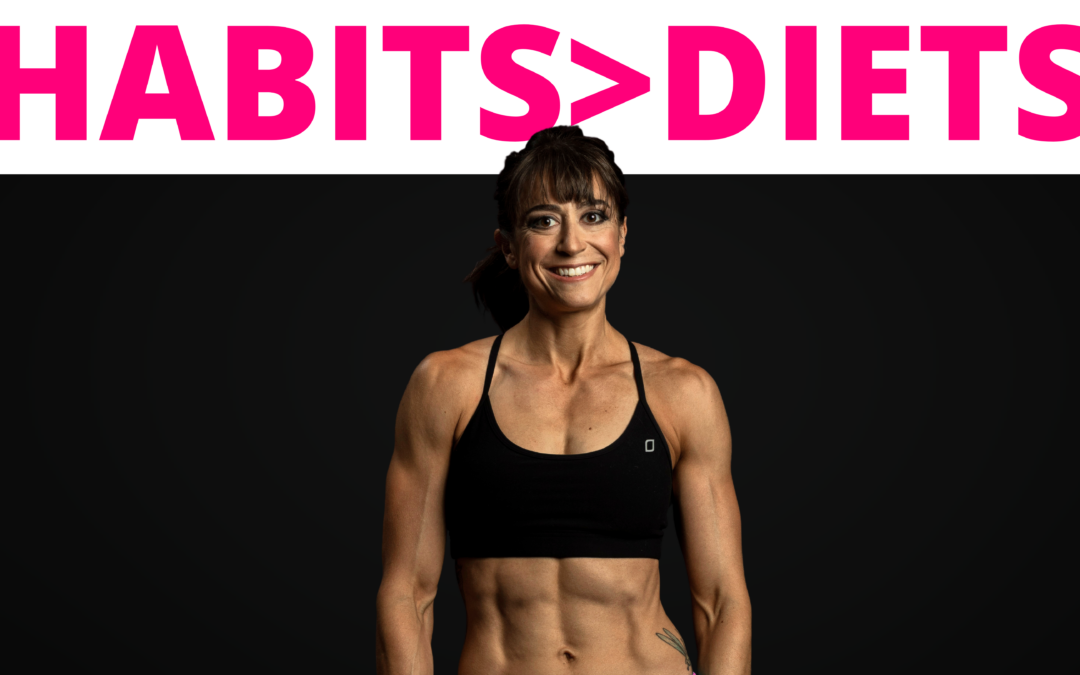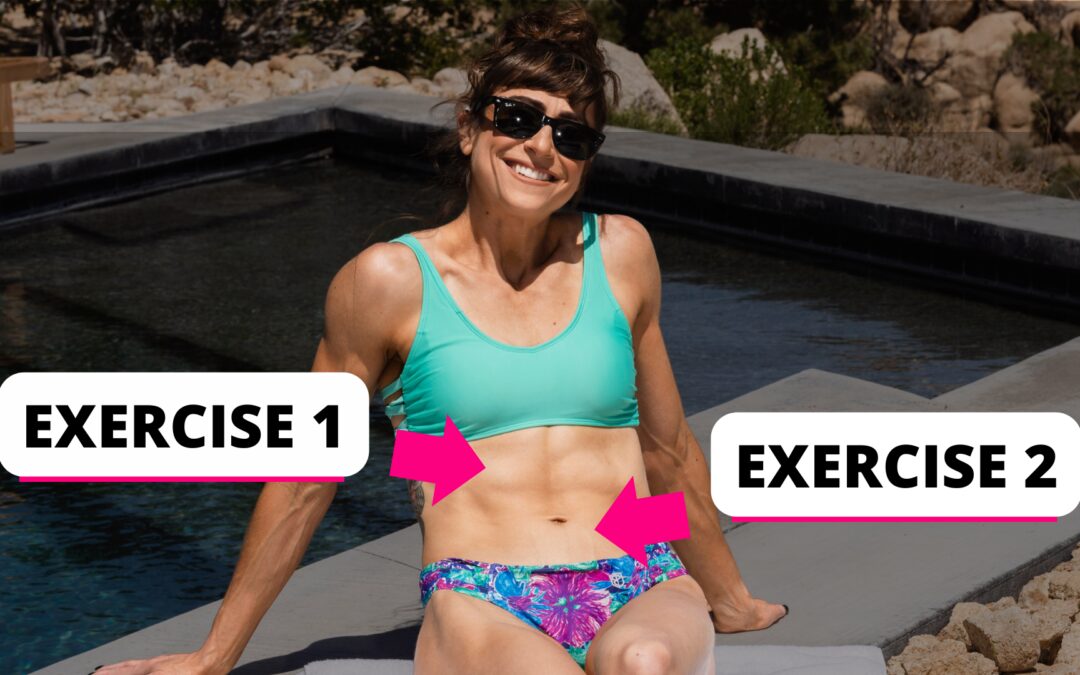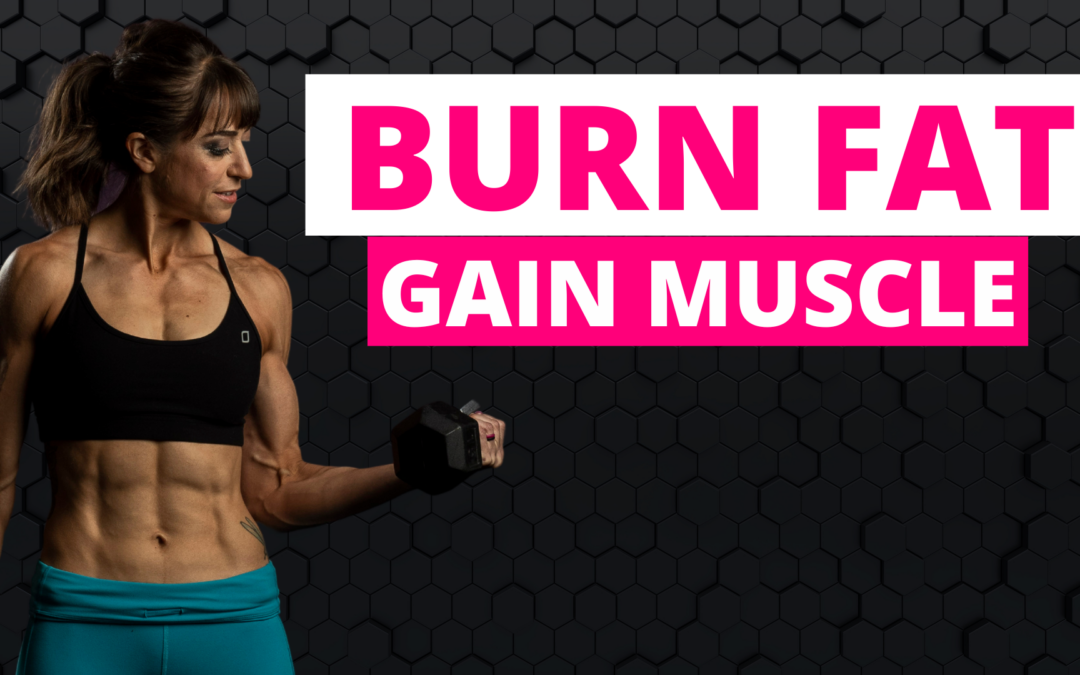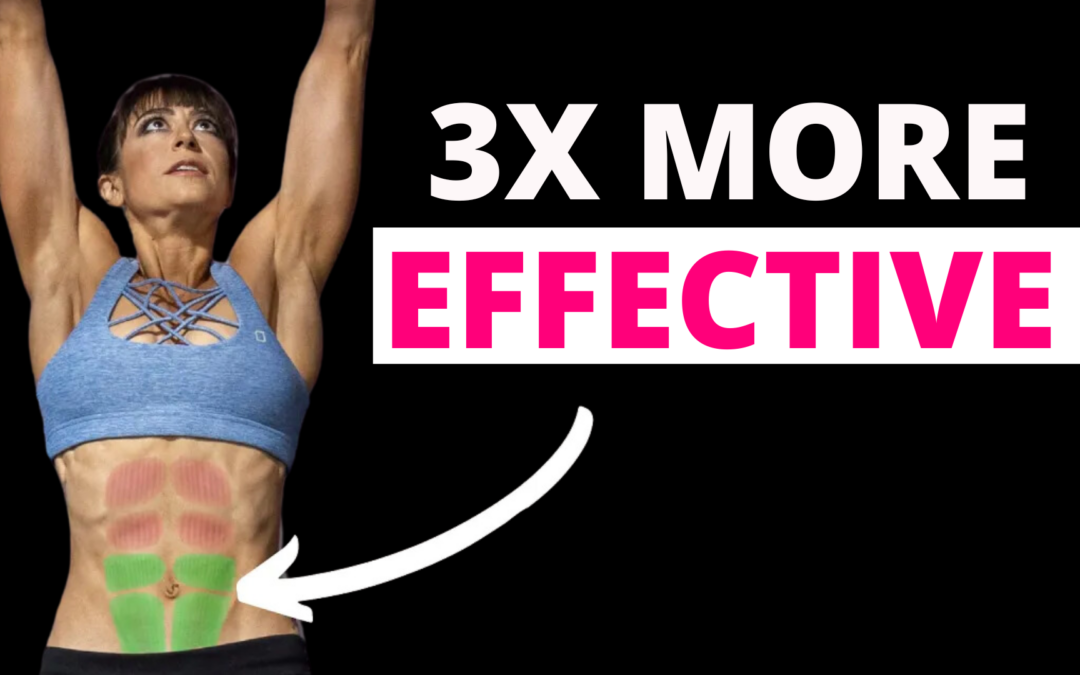
by Cori Lefkowith | Jul 14, 2024 | Blog, Diet
And that’s one of the biggest pitfalls sabotaging our diet and our success… We go in thinking we’ll do something short term to then go back to the lifestyle we want. The habits we had before. But that’s not how things work. You can’t do one thing to reach your goals...

by Cori Lefkowith | Jul 7, 2024 | Blog, Core, Exercises, Functional Fitness
No you can’t spot reduce the fat around your middle by doing a bazillion crunches or sit ups… BUT focused ab work can help you get that lean, defined core when your nutrition is dialed in. Yet too often we skip the core work. If we add it in, it’s an afterthought. And...

by Cori Lefkowith | Jun 30, 2024 | Blog, Diet, Exercises
We’ve all fallen for the fads. The promise of a quick fix to get lean and strong overnight. But real and lasting results take time. Quick fixes often keep us trapped in a vicious cycle, making it harder and harder to see the results we want. I say this having made...

by Cori Lefkowith | Jun 23, 2024 | Blog, Exercises, Workouts
Guess what 1 of these 10 tips isn’t… DO MORE! Because too often in doing more we make our workouts less effective. We waste time and energy. And then we blame a lack of time for our lack of progress or our ability to stick with our plan. We even start to get...

by Cori Lefkowith | Jun 18, 2024 | podcast
LISTEN HERE 7 WATCH HERE 7 TRANSCRIPT 7 OPEN TRANSCRIPT Cori (00:00):Hey guys, this is Cori from Redefining Strength. Welcome to the Fitness Hacks Podcast. This is the show where I share all my free workout and nutrition tips. I’m not going to ever fill this...






